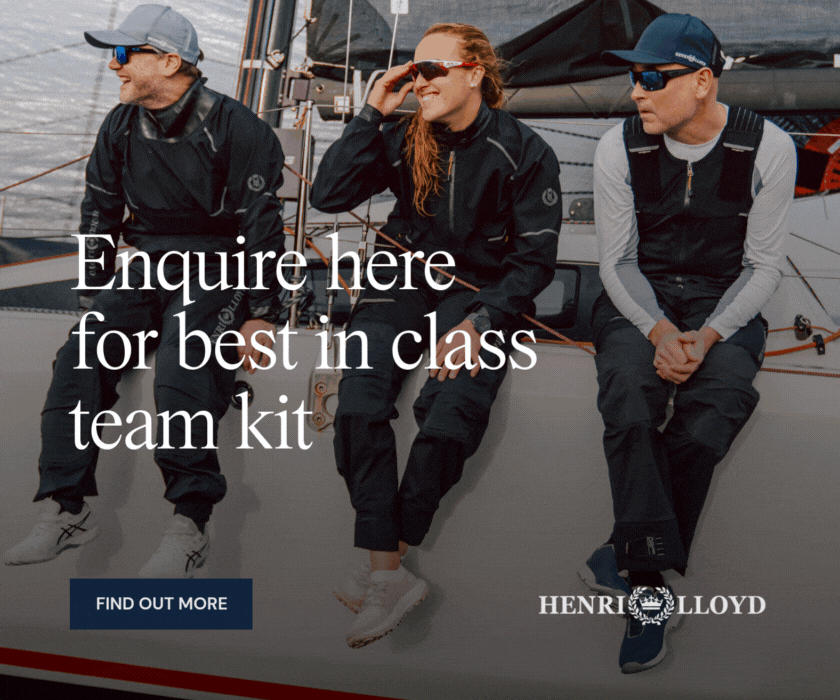
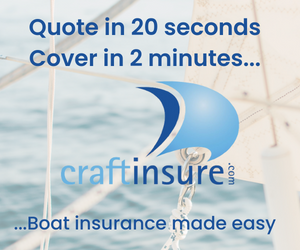





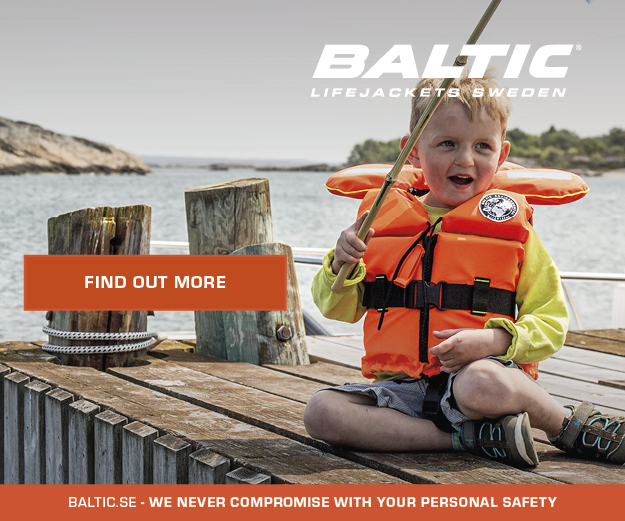

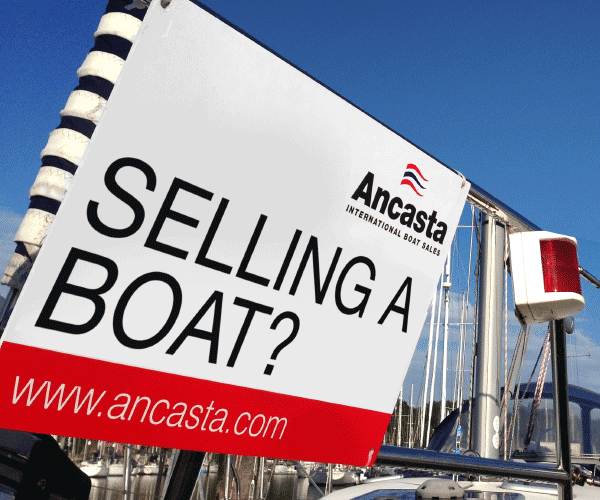
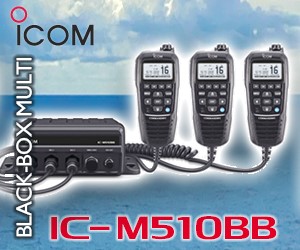
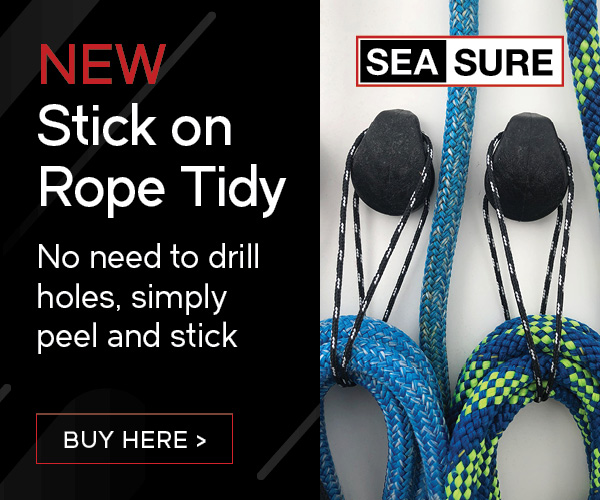

Boats for sale
| Free mast for Merlin Rocket - has a bend! Guildford |
 |
| Rossiter Pintail Mortagne sur Gironde, near Bordeaux |
 |
| Bruce Roberts classic 45 Valencia, Spain |
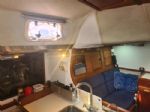 |
List classes of boat for sale |
Wiki Sail by GRF |
Post Reply 
|
Page <1 89101112 34> |
| Author | |
getafix 
Really should get out more 

Joined: 28 Mar 06 Location: United Kingdom Online Status: Offline Posts: 2143 |
 Post Options Post Options
 Quote Quote  Reply Reply
 Topic: Wiki Sail by GRF Topic: Wiki Sail by GRFPosted: 28 Mar 13 at 7:22am |
....one beginner (scared and not looking) + enough breeze + corner of a jetty = combine these ingredients, cross your fingers that no one elses are in the way and break out the GRP repair kit! |
|
 |
|
Guests 
Guest Group 
|
 Post Options Post Options
 Quote Quote  Reply Reply
 Posted: 28 Mar 13 at 7:45am Posted: 28 Mar 13 at 7:45am |
|
What weighs nothing but can sink a boat?
... ... ... ... ... ... ... ... A hole! Thank you... |
|
 |
|
Guests 
Guest Group 
|
 Post Options Post Options
 Quote Quote  Reply Reply
 Posted: 28 Mar 13 at 7:54am Posted: 28 Mar 13 at 7:54am |
Are those the V2 numbers? Does the wetted area include the boards? The BMt value is monstrously high! |
|
 |
|
2547 
Really should get out more 
Joined: 11 Aug 11 Online Status: Offline Posts: 1151 |
 Post Options Post Options
 Quote Quote  Reply Reply
 Posted: 28 Mar 13 at 8:35am Posted: 28 Mar 13 at 8:35am |
|
You may have had lots of numbers for your v2 but many told you what a dog it would be long before it hit the water.
|
|
 |
|
pondmonkey 
Really should get out more 

Joined: 12 Aug 11 Online Status: Offline Posts: 2202 |
 Post Options Post Options
 Quote Quote  Reply Reply
 Posted: 28 Mar 13 at 9:36am Posted: 28 Mar 13 at 9:36am |
dog or not, no numbers were enough to get a design that didn't break up in the legendary Hythe shoredump.... the reason the V-Twin has remained off the water for so long is that it burnt up on re-entry and now needs a lot of work to put right. Edited by pondmonkey - 28 Mar 13 at 9:39am |
|
 |
|
Chris 249 
Really should get out more 

Joined: 10 May 04 Online Status: Offline Posts: 2041 |
 Post Options Post Options
 Quote Quote  Reply Reply
 Posted: 28 Mar 13 at 10:33am Posted: 28 Mar 13 at 10:33am |
|
Grumpf, it's a load of b**locks to say that dinghy designers and sailors don't comprehend volume as used in boards. It's just different because all boats have sufficient volume and weight that it becomes a different issue and often less important. As a result, designers of boats think about volumetric matters in a different way, breaking it down more into issues like designed waterline, freeboard, DLR etc.
Volume in boards effects things like water "wrap" around rails as we both know. In boats, the same effects are known but they and the tradeoffs are referred to differently. For example, the Laser's volume is low because it had to be light enough to be cartopped while still being built in cheap '70s technology, therefore Ian Bruce had to reduce freeboard and beam and therefore he had to give it a flat hull to prevent nosediving. The concept of volume is inherent in those tradeoffs in the boat's design, compared to something like a Finn for example, but Ian Bruce uses different terms when discussing them. Similarly, the volume of something like a 12 Foot Skiff is very high (for length) compared to a 49er but both designers have consciously considered the volume issue - for them it largely comes in the guise of freeboard. The fact that both classes have very different approaches is a result of the different constructions, rules and conditions they sail in, not a result of the fact that they failed to consider the issue. Designers like Mark Thorpe considered the effects of volume in boats like the Hungry Tiger Moth quite specifically - they just didn't refer to it as such as they had arguably more sophisticated terms and (IMHO) the larger physical freeboard of boats means that the concept of volume and freeboard can be more clearly differentiated. My board collection includes stuff like an '82 and '92 (?) Georg Lechner D2 and '82 and '96 (?) Mistral/Naish Raceboards. The increase in volume was largely driven by changes in racing styles and sail and fin designs, and about the desire to prevent water "wrap". This info comes from the interviews I did around those times with people like Rick Naish, Hughes de Turkheim, Helmut Kirner etc and with designers at the D2 worlds before they went one design. This resulted in thicker hulls (esp at the rails) but the point is that similar effects are considered in the design of dinghies above the water. Edited by Chris 249 - 28 Mar 13 at 10:37am |
|
 |
|
Chris 249 
Really should get out more 

Joined: 10 May 04 Online Status: Offline Posts: 2041 |
 Post Options Post Options
 Quote Quote  Reply Reply
 Posted: 28 Mar 13 at 11:05am Posted: 28 Mar 13 at 11:05am |
As noted before, in racing against the world's top 2 Moths at the end of seahugger days, a round bottomed Div 2 Lechner (one of the boards recently pictured by Grumpf) proved as fast as the Moths in around 5 knots. That was carrying a smaller sail and for less cost and hassle, and with the ability to stand rather than crouch. Similarly, an original Windsurfer is pretty competitive in 5 knots with a similar sort of dinghy (Comet, Aussie Spiral, etc). So yes, the Raceboards and shorter boards are (IMHO) very much aimed at 12-15 knots or more. The Raceboard class originally banned racing unless the wind hit 12-15. So they really do like the breeze more than the light. But at my old club some pretty reasonable dinghy sailors (#2 in Moth worlds, #5 in the 18s, #4 in B14 worlds, repeat national champ in NS14s, etc) still found the barges to be fun to sail.
|
|
 |
|
iGRF 
Really should get out more 

Joined: 07 Mar 11 Location: Hythe Online Status: Offline Posts: 6499 |
 Post Options Post Options
 Quote Quote  Reply Reply
 Posted: 28 Mar 13 at 11:35am Posted: 28 Mar 13 at 11:35am |
No one said the designers don't 'comprehend' the term, I said half the subscribers to this thread don't comprehend the point I'm trying to make. Because they don't think in terms of volume, they think in terms of displacement etc etc. Volume and displacement are not the same things. No windsurfer thinks of displacement, but once upon a time maybe should have, and from what I can gather, no dinghy designer thinks of volume, why would he given the points I made earlier re enclosed sit on dinghies rather than open sit in styles and for the most part I guess the rules they use are governed more by the assumption that a 'sit in style' approach is used, I neither know nor care. When I set about that V twin (which was a sit on) I worked out the volumes that I'd need to float the rig and over compensated, because I knew we were building it cheap so it would be heavy (although I never thought it would be as heavy as it turned out even though they all thought it was light). That was designed to be a planing hull rather than a semi displacement so I needed the volume to be borderline, as it turned out it was about spot on, only the construction weight was a bit high. I doubt even if we had gone to carbon we'd have managed to get the weight we'd have needed for it to perform the way I wanted it to in a lower than 12 knots wind strength, but that's another tale. I still maintain however that displacement/volume call it what you like would be a useful piece of published information that ought to be available to the market even though having read this thread, half of them wouldn't cope with information overload and clearly don't have a windsurfer style mindset that you do at least comprehend. So I'll ask you the same question regarding the Laser. if it were split in half, halfway up the side and an inch or two added, would it make it faster in your opinion? The change from high volumes to reducing volumes occurred in sailboards if you remember was when the minim windspeed rules shifted to 15 knots Edited by iGRF - 28 Mar 13 at 5:27pm |
|
 |
|
Medway Maniac 
Really should get out more 
Joined: 13 May 05 Location: United Kingdom Online Status: Offline Posts: 2788 |
 Post Options Post Options
 Quote Quote  Reply Reply
 Posted: 28 Mar 13 at 12:21pm Posted: 28 Mar 13 at 12:21pm |
|
I suspect that most classes do not want the design displacement published, as it would put too much focus on the optimum crew weight.
People might avoid joining classes because they were 10kg "too heavy" or "too light" for them, when at club and even national level it would makes few odds. The optimum crew weight on the day would vary according to the wind strength anyway, and would rarely correspond to that required to achieve the design displacement - lighter in not-overpowered conditions, heavier above. But that wouldn't stop people worrying about it - much as many do about PY's, I guess.
|
|
 |
|
iGRF 
Really should get out more 

Joined: 07 Mar 11 Location: Hythe Online Status: Offline Posts: 6499 |
 Post Options Post Options
 Quote Quote  Reply Reply
 Posted: 28 Mar 13 at 12:43pm Posted: 28 Mar 13 at 12:43pm |
|
If folk were aware more of all this, and the information was supplied, the PY debate would not be so fraught, and, I still maintain a more predictive formula could be used precisely to that end (setting up PY style numbers).
I think what would be a useful bit of information would be the volume to displacement ratio, so how much volume a given craft has and how much is displaced by that volume and the higher the ratio the less weight will effect performance in sub planing speeds. |
|
 |
|
Post Reply 
|
Page <1 89101112 34> |
| Forum Jump | Forum Permissions  You cannot post new topics in this forum You cannot reply to topics in this forum You cannot delete your posts in this forum You cannot edit your posts in this forum You cannot create polls in this forum You cannot vote in polls in this forum |
Bulletin Board Software by Web Wiz Forums® version 9.665y
Copyright ©2001-2010 Web Wiz
Change your personal settings, or read our privacy policy
Copyright ©2001-2010 Web Wiz
Change your personal settings, or read our privacy policy











 Printable Version
Printable Version Delicious
Delicious Digg
Digg Facebook
Facebook Furl
Furl Google
Google MySpace
MySpace Newsvine
Newsvine reddit
reddit StumbleUpon
StumbleUpon Twitter
Twitter Windows Live
Windows Live Yahoo Bookmarks
Yahoo Bookmarks Topic Options
Topic Options